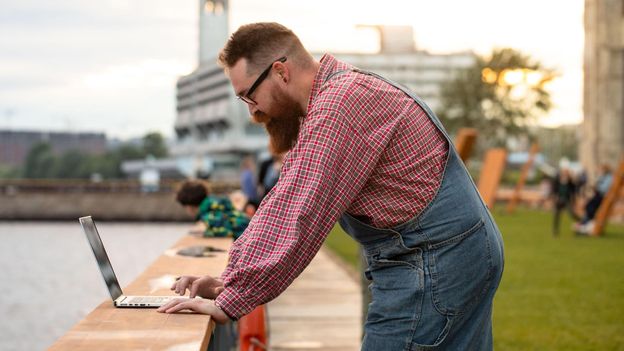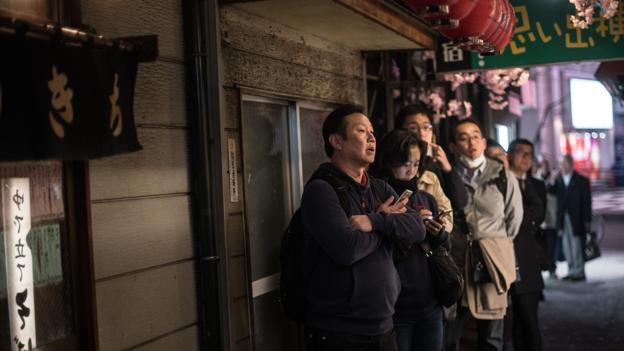2020 was supposed to be Isaac Freeman’s career year. The 22-year-old, based in Adelaide, Australia, spent 2019 travelling and freelancing after graduating from university, and then started looking for a stable job. Freeman wanted a creative role in which he could use his photography and writing skills.
Instead, when the pandemic hit, he found himself back at his local supermarket – a student job he thought he had left behind for good. “It was a bit of a difficult decision at the time,” he says. “But I realised it was probably the only one that would give me some sort of schedule if we went into some sort of lockdown, which we eventually did.”
Freeman (pictured above) is not alone. John Gavin Branstetter, 39, a political science lecturer at the University of California Los Angeles, also had big plans for 2020. Branstetter had lined up promising interviews for tenure track positions, only to watch the positions disappear as Covid-19 took its toll on the higher education sector. For now, Branstetter has to fight to hang on to his temporary contract. “I’m in this cycle of being a temporary employee. Every year I have to reapply for my job, even though I have the same education qualification [as my tenured peers].”
As economies around the world grapple with the fall-out from the pandemic, the job market continues to take a hit. But while much of the focus has been on rising unemployment figures, there’s also the issue of underemployment: people who are working in jobs that don’t, for various reasons, meet their requirements.
Why we like to be challenged
Defining ‘underemployment’ is the first challenge. For some people, says Liam Delaney, professor and head of department of psychology and behavioural science at The London School of Economics and Political Science, it may mean working fewer hours than they would like. For others, it’s having a job that doesn’t align with their qualifications. Then there are those who are working more than they would like, but don’t get paid enough to fulfil their financial obligations.













